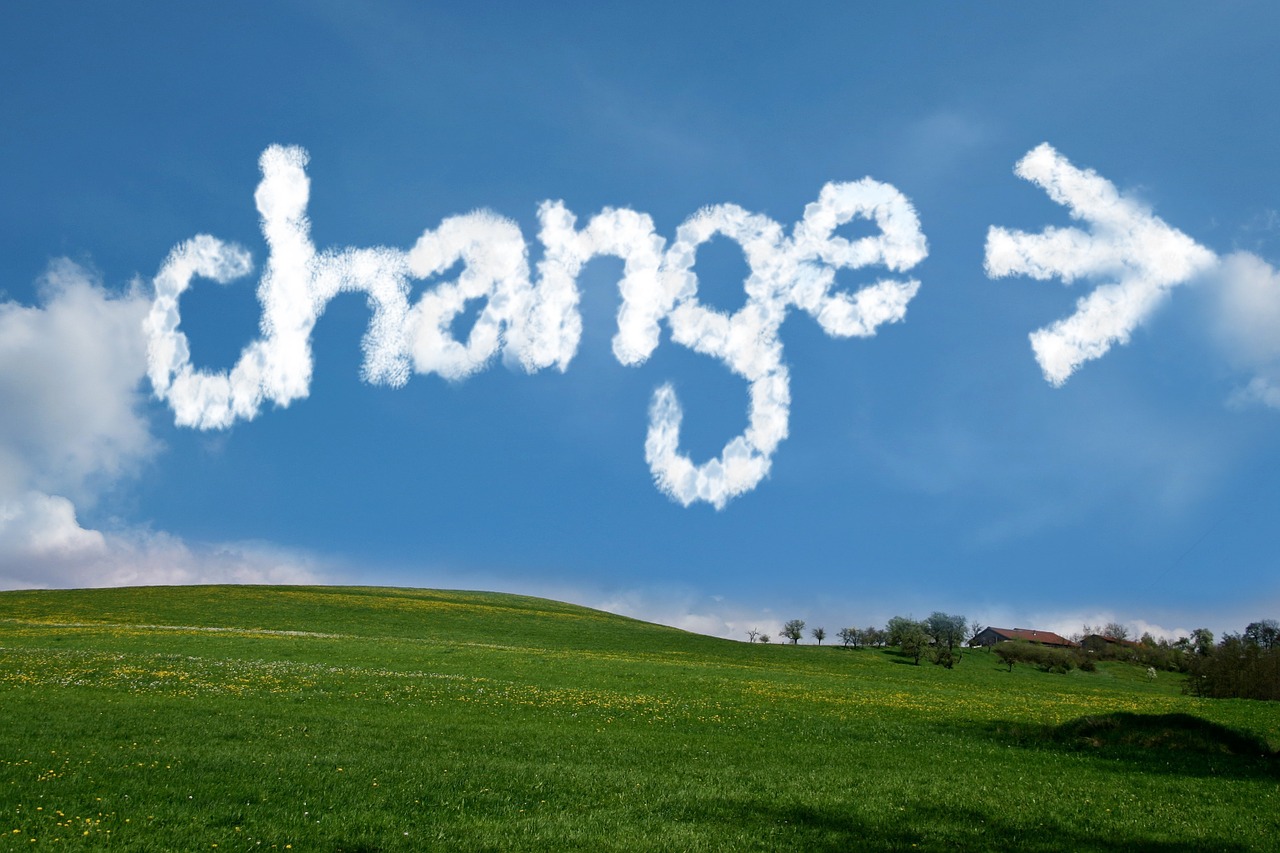“Once upon a time in a land far far away…”
As a communication skill between a teller and a listener, “story” is a structure to convey an experience. With oral storytelling, my words paint on the canvas of the imagination to create sights, sounds, and even tastes and smells. The experience becomes even richer as the imagination creates sensations, feelings, and emotions. Whether in the experience of a personal story or the far away land of a fairy tale, storytelling takes the listener on a journey, gives them an experience, and brings them back home.
Every story has a point of view. Every story has a perspective and an interpretation. While facts and figures can be objective, story is by definition subjective. As we make sense of the facts and figures, we create meaning… we interpret… we create a story.
Story is how we make sense of our lives. Story is how we create meaning.
We can tell these stories to other people, but we can also tell stories to ourselves.
In the context of personal growth and therapy, the definition of “story” shifts from external communication to the inner voice. If we are not conscious of the story we are telling ourselves, we might not hear that inner voice. That inner voice becomes an unconscious inner belief. Sometimes this inner belief becomes a limiting belief because it limits who we can become. What are the stories that we tell ourselves? We might not even be conscious of these “stories,” but they show up in the reality that we repeat in our lives over and over again. We often take one actual story event that happened early in our lives; we give that event meaning; and then we take that meaning as “truth.” What happens if the meaning or “story” is not always true? How can we change the story?
When I was six years old, my parents moved to the United States. This sense of being the outsider permeated my early stories. “I don’t fit in.” I began to accept this “story” as truth. My brain looked for all the evidence that supported this story. “No one likes me. No one wants to talk to me.” It didn’t occur to me that no one was talking to me because I was not talking to anyone. I was so shy. My brain kept repeating, “You don’t fit in here.”
I seemed to be creating a world to match the story in my head. I kept to myself. I was alone. I was stuck in this story.
How did I change the story?
Well, it was a struggle. I found places where I did fit in. I made friends. I started talking. I realized that sometimes people want to listen to me. I began to realize that I didn’t like the old story and the pattern that it created in my life. I began to change the story. “I belong.” There were set backs as the old feeling and the old story repeated itself, but I slowly began to believe the new story was possible. “I can fit in.“
What is the story that you are telling yourself? What if that story is not true?
In the context of our inner stories, stories are how we make sense of our lives. The way that we narrate our lives shapes what our lives become. This is both the power and the problem with stories. If we can change our story, we can change our lives.
Watch TED talk by Lori Gottlieb
How changing your story can change your life
More by Lori Gottlieb

